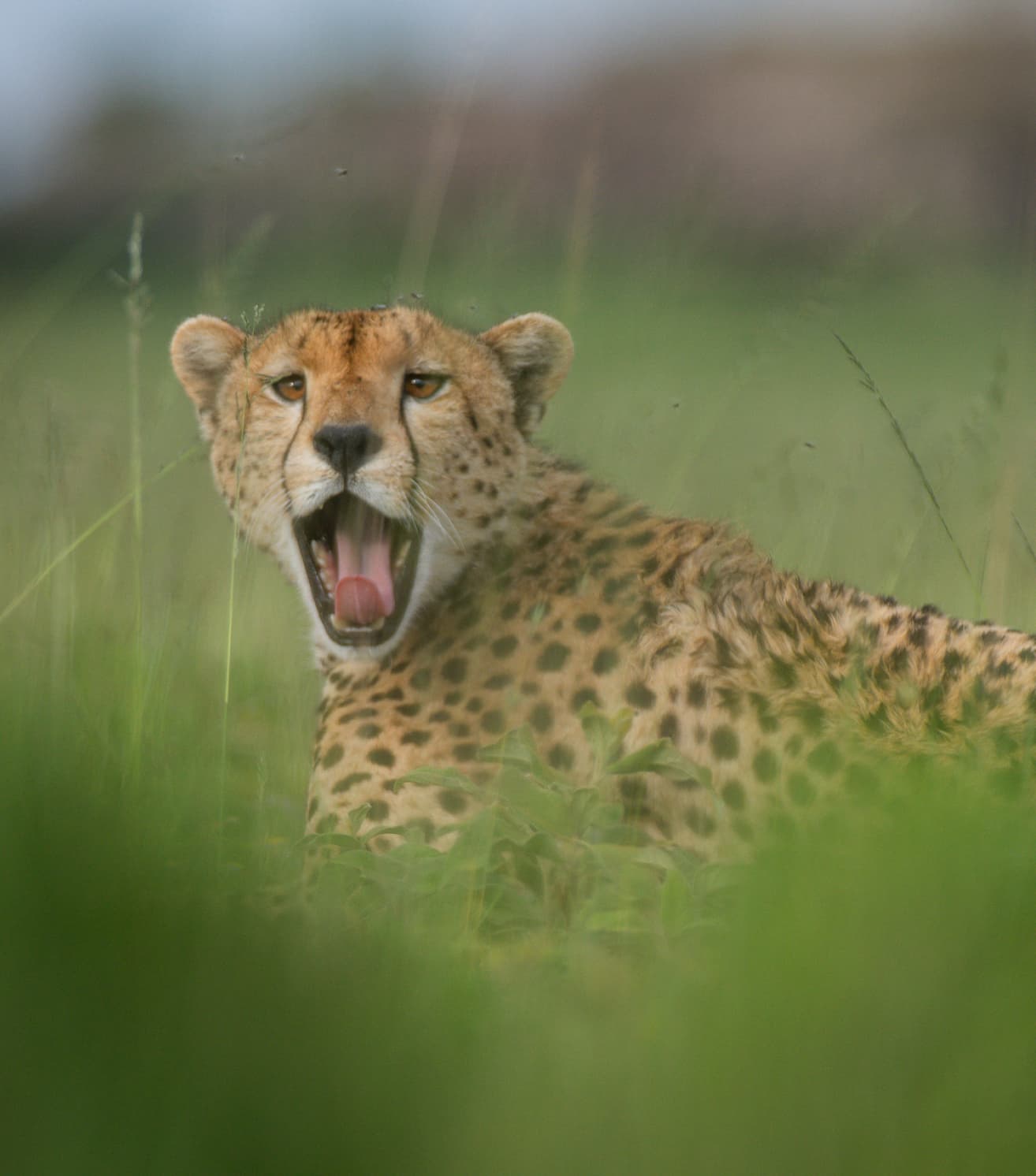
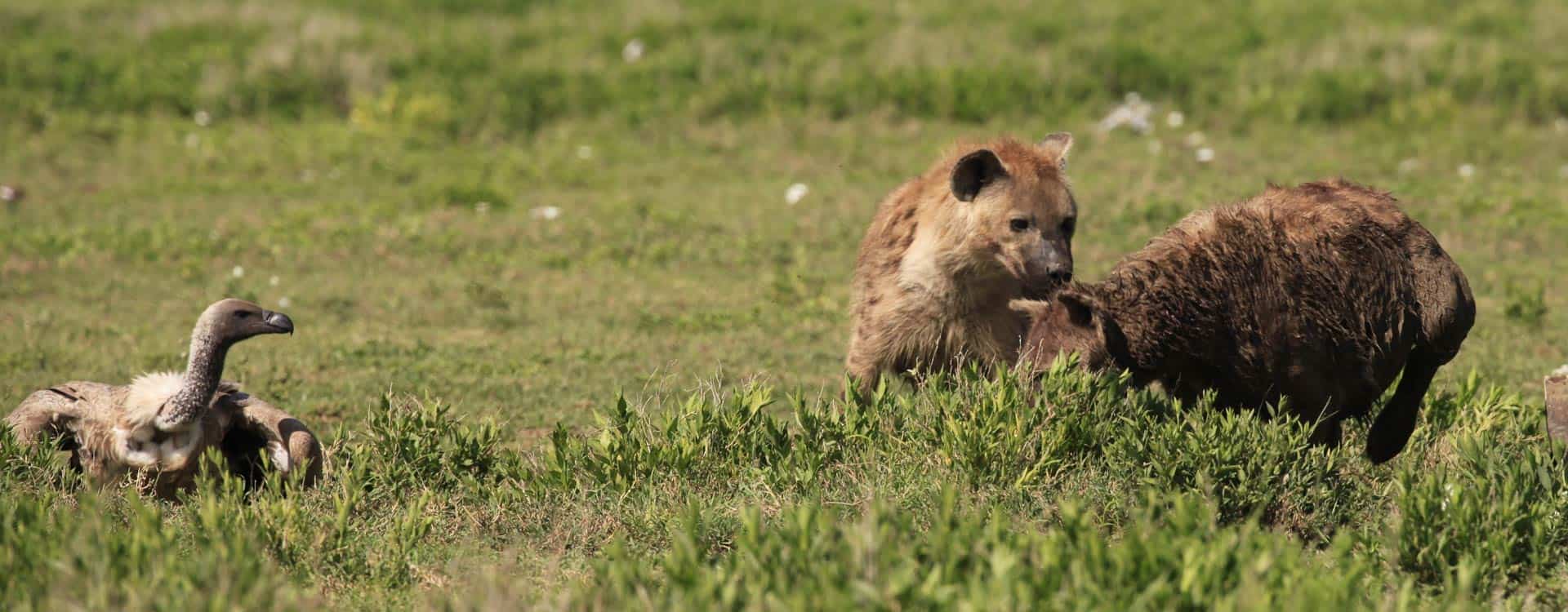
ALL ABOUT RÜPPELL AND THE VULTURE NAMED AFTER HIM
Wilhelm Peter Eduard Simon Rüppell was a 19th century German explorer, collector and zoologist. As the first naturalist to traverse Ethiopia, and with at least 13 species of mammals, birds and reptiles named after him, he is one of the most commemorated people in his field. As the son of a very prosperous banker, Rüppell was originally destined to be a merchant but, after a visit to the Sinai Peninsula, he developed an interest in natural history.
He traveled up the Nile to Nubia in 1823, collecting specimens in the area. During this expedition he collected a specimen of the Abdim’s stork, an intra-African migrant that is seasonally common on the savannahs of north Tanzania. He named this small stork after Bey Al-Arnaut Abdim, the Turkish governor of Wadi Halfa in Sudan, as thanks for his valuable assistance with the expedition.
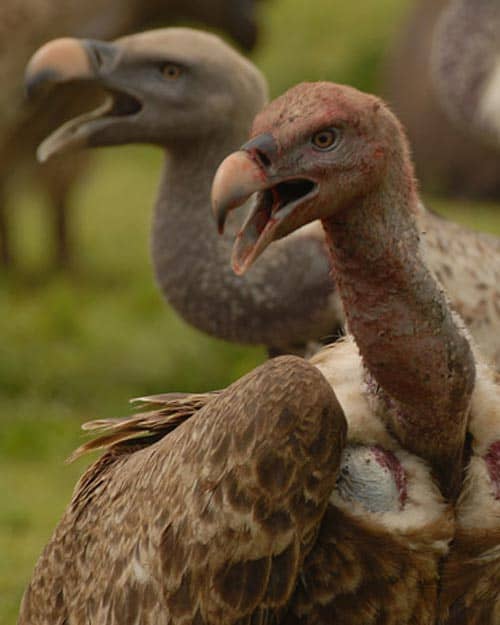
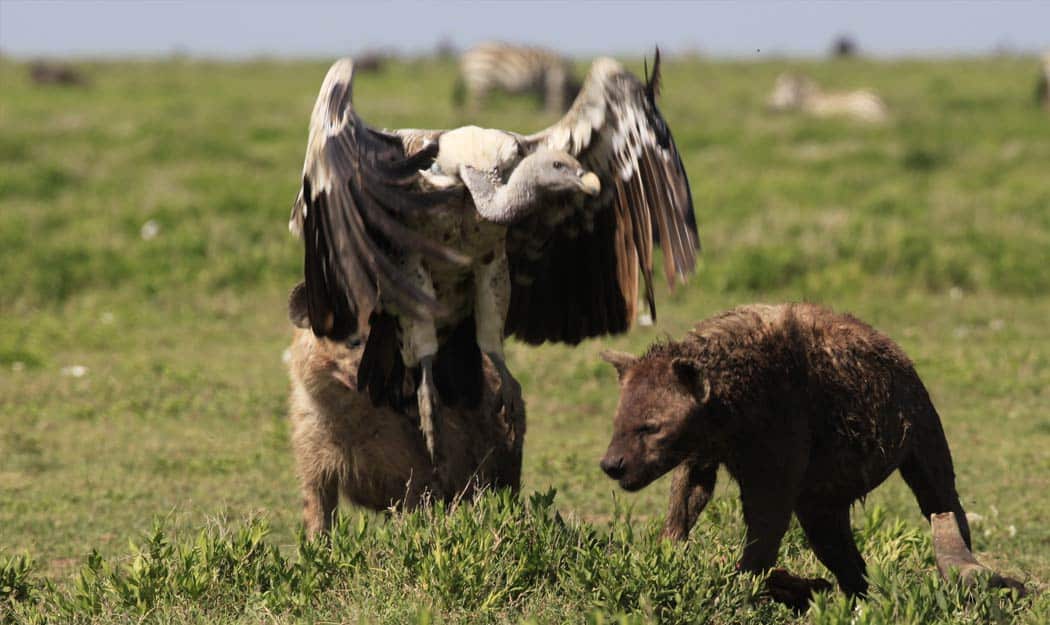
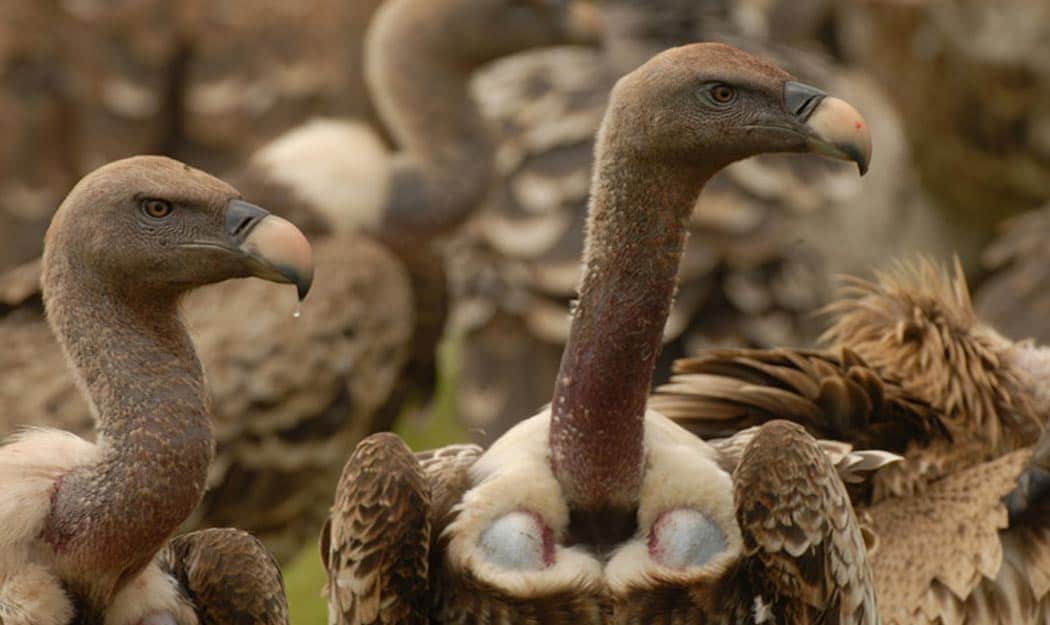
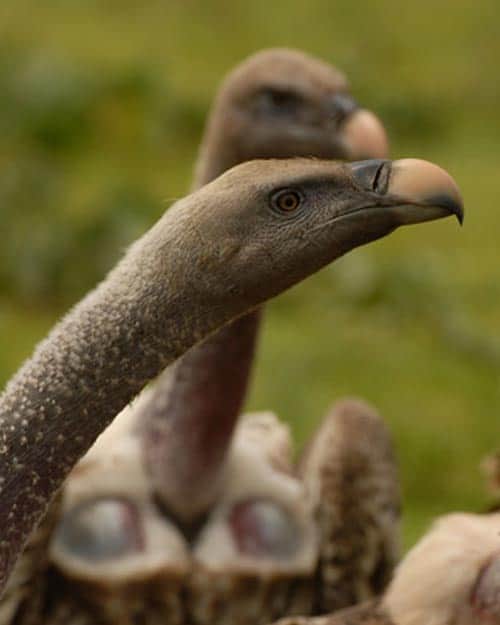
Perhaps the most charismatic species named after the explorer himself is the Rüppell’s griffon vulture; a large and powerful vulture that roosts, nests and gathers to feed in large flocks that are still common on the Serengeti plains. On a safari with Entara, guests often spend time watching these powerful vultures and their comical feeding antics around a carcass.
This African savannah resident commonly flies at altitudes of 6,000 metres and flies up to 150km from its nesting site on a daily basis in the search of food. They are actually considered to be the highest flying bird, with confirmed evidence of a flight at an altitude of more than 11km above sea level. They achieve these amazing feats by having a specialised variant of the haemoglobin alpha protein that has a great affinity for oxygen; this allows them to absorb oxygen efficiently despite the low oxygen pressures in the upper troposphere.
Facebook
Instagram
Twitter
Youtube




All about Rüppell and the Vulture named after him
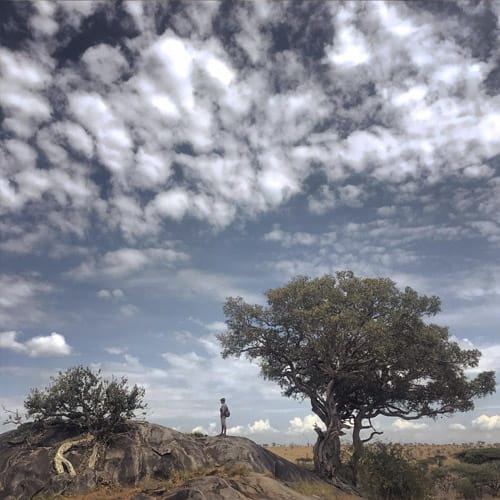
No frills on foot adventure with Ethan Kinsey


